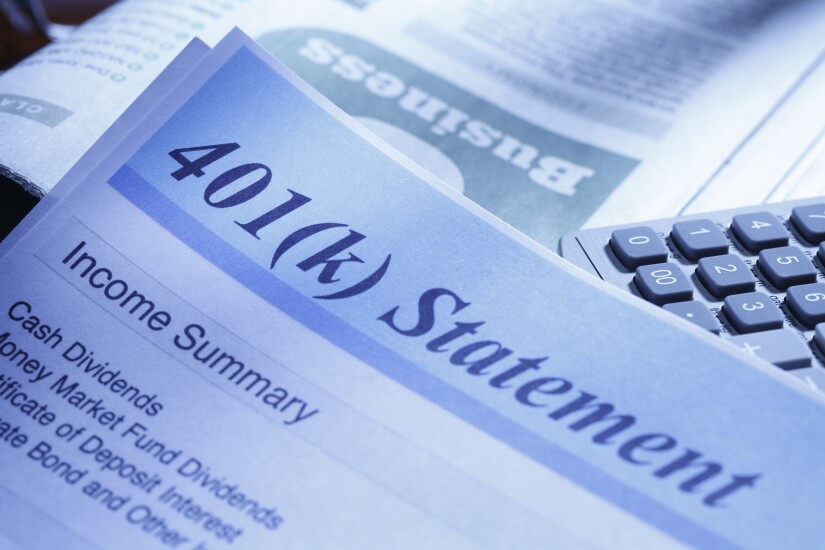
11 changes employers will make to 401(k)s in 2018
Lower unemployment has resulted in worker shortages in many cities. It’s fair to say that competition for qualified employees will be more intense in 2018. As a result, your competitors will be doing everything they can to make their compensation and benefit packages stand out from the crowd.
In response to the trends driving the 401(k) industry, I’ve identified 11 changes (listed below) that many leading-edge employers will make to their 401(k) plans in 2018. Nearly all of these changes result in little or no cost to plan sponsors. Some will even save plan sponsors money.

1. Inclusion of HSA information in 401(k) employee education sessions
Unfortunately, the use of HSA balances in retirement will likely be confined to executives and high wage earners until the amount that can be contributed is increased. A Republican healthcare proposal in early 2017 (which did not pass) doubled the maximum contribution amount. Look for continued pressure on Congress to increase the contribution maximum as HSAs become better understood.
In the meantime, if you offer a high-deductible health plan, make sure you talk about the use of HSAs in your 401(k) employee education sessions since the accounts are important retirement planning tools.

2. Addition of SRI information/investments

3. Understanding your fiduciary responsibilities
To gain peace of mind, elite plan sponsors will continue to try to understand the fiduciary responsibilities their investment
Many plan sponsors will solve the problem by deciding to work with Registered Investment Advisers (RIAs) who sign on as fiduciaries without limitation. Plan sponsors who work with RIAs don't have to worry about whether to sign BICE Agreements or where their adviser’s fiduciary responsibilities stop since RIAs are required by law to sign on to 401(k) plans as fiduciaries without limitations.

4. Incorporation of behavioral economics/finance elements in plan design

5. Addition of annual re-enrollment

6. Stretching matching contributions

7. New limitations on loans
By offering a loan option in your plan, you are indicating to participants that it is OK to take a loan. Many will think, "Why would we have the option if it wasn't a good thing to do?" However, for most participants, it is likely that things will not turn out well.
Those participants who depart from your organization (either because they have found a new job or because you laid them off) will likely default on their loans, permanently removing those balances from their retirement accounts.

8. Selection of the right QDIA
Count on your investment adviser to help you run through the options to find the best version for your corporate culture.
Savvy plan sponsors will spend the time necessary to make sure they have the right QDIA available at the lowest possible cost. Remember that everyone you are auto-enrolling will be invested in this option.

9. Addition of participant investment advice
Quite a few recordkeepers also offer a higher level of participant investment advice at costs ranging from 25 to 100 basis points. In all cases, the provider of the services signs on as a fiduciary. Leading plan sponsors will ensure that their participants have access to some level of investment advisory services in 2018.

10. Use of specialized 401(k) investment advisers
These
If you work with an advisor who has a business that includes individuals, foundations, and institutions, etc., consider switching to an adviser who works only with 401(k) plans. You will receive much better advice.

11. Continuing emphasis on financial wellness education
As you finalize your performance plan for 2018, consider how these important trends affect your initiatives. I hope you have a prosperous 2018.
Robert C. Lawton, AIF, CRPS is the founder and President of




